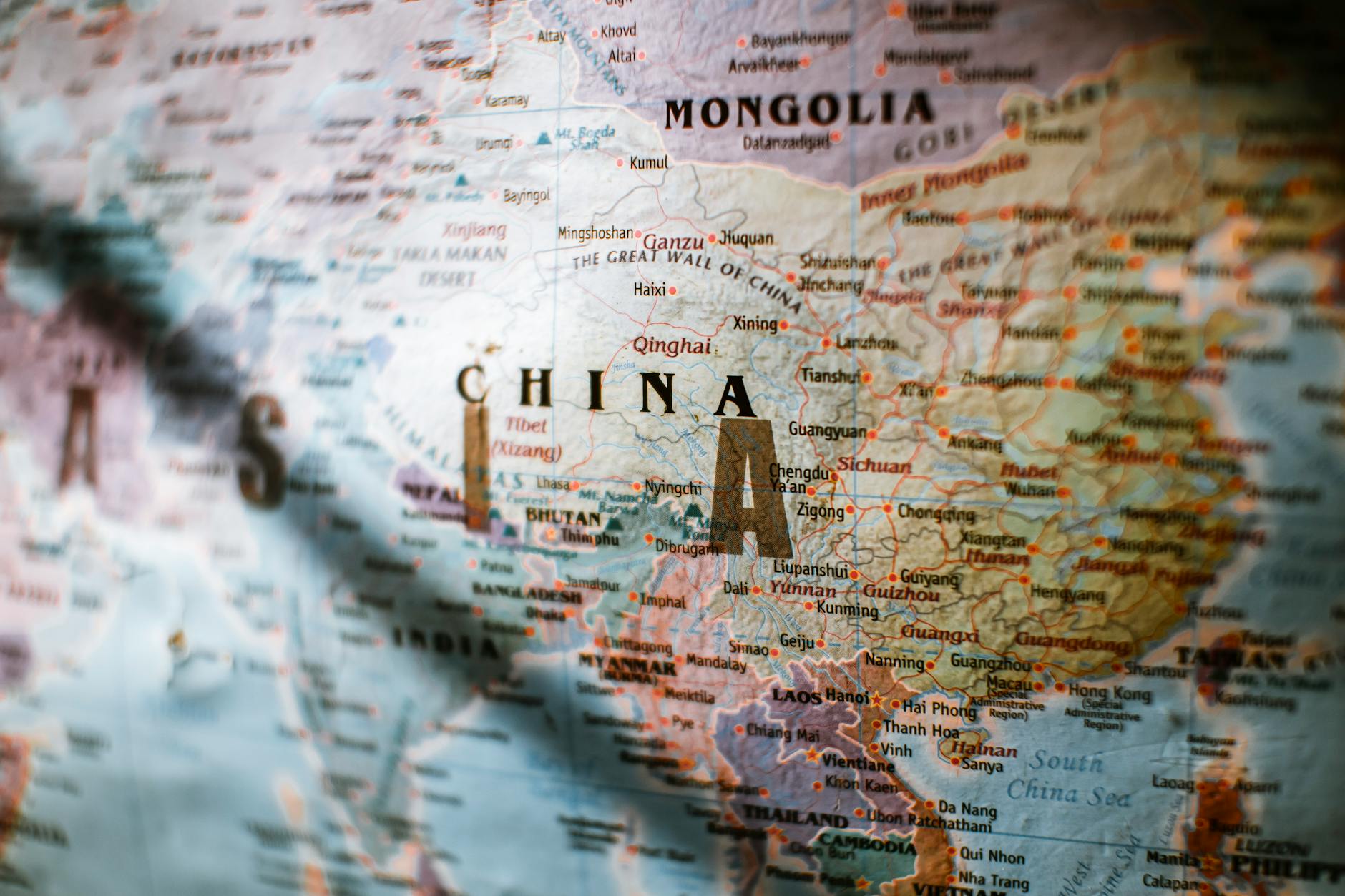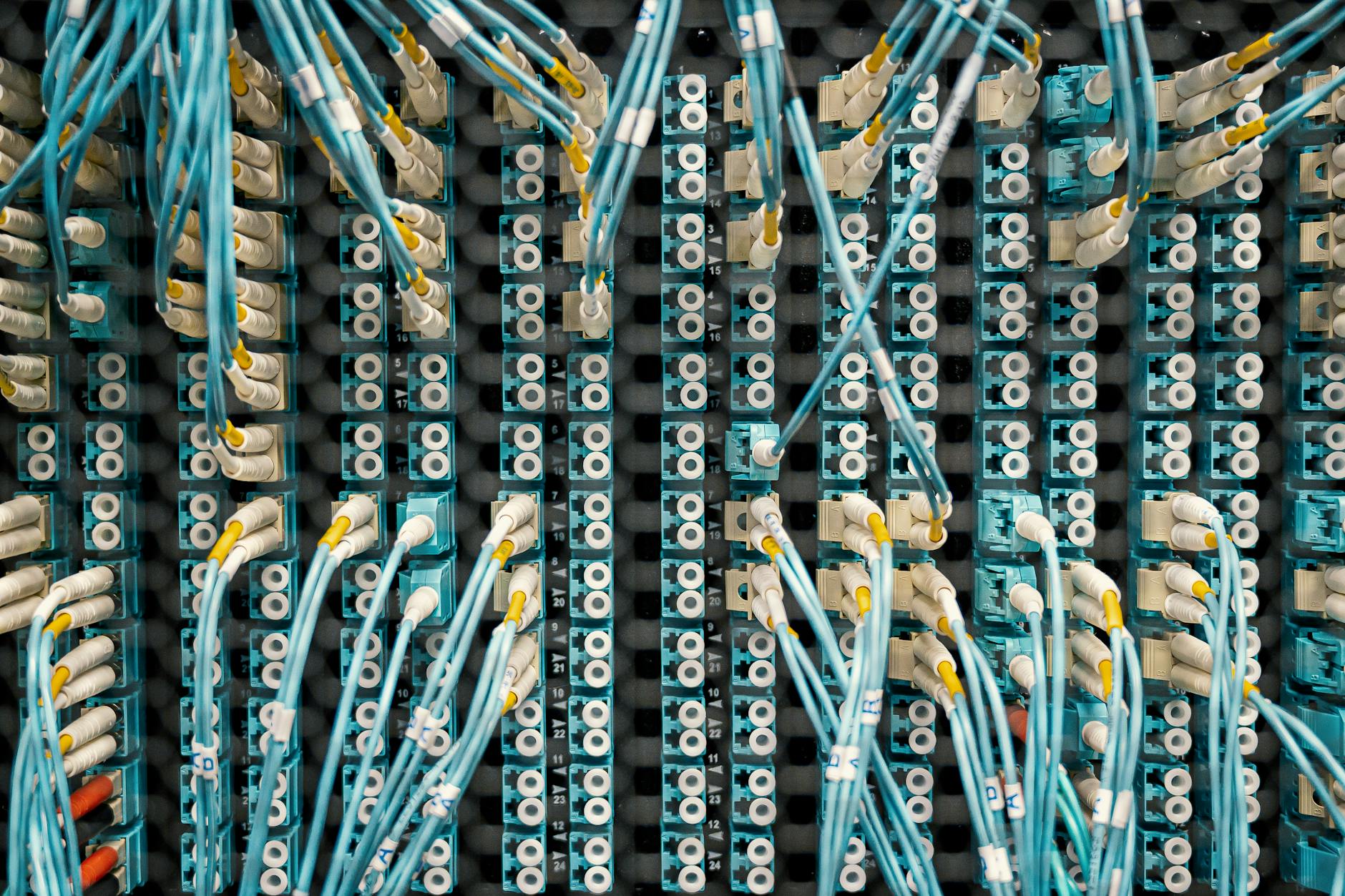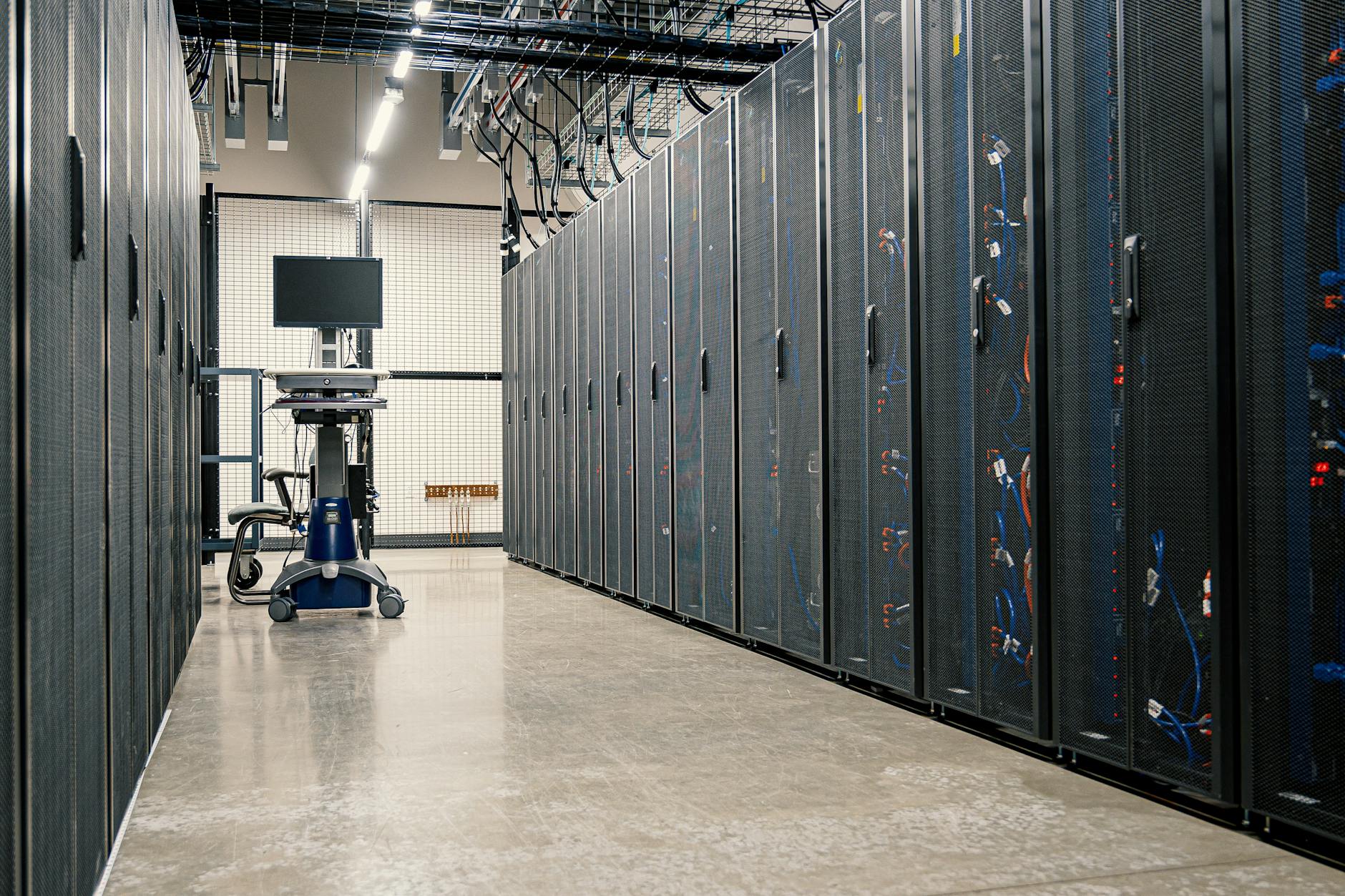Insight into IPv6 Adoption Trends in Asia
IPv6 Adoption in Asia Pacific
The Asia Pacific region is buzzing with IPv6 activity, a necessary update to the internet’s engine room. We’re shining a light on the areas making strides in IPv6 and what’s fueling this shift.
Leading Regions in IPv6 Adoption
Asia Pacific is tearing ahead in embracing IPv6, driven mostly by the varied demands of its 56 countries. While some of the older players are dragging their feet, those with later internet connections have had no choice but to jump on the IPv6 train. With IPv4 addresses as rare as hen’s teeth, IPv6 ensures countries stay on the internet growth path without hitting a brick wall.
India and China are leading from the front, recognizing that keeping up with their avalanche of internet users is crucial, plus opening the doors to future tech.
| Country | IPv6 Adoption Rate (%) |
|---|---|
| India | 60.1 |
| China | 24.4 |
| Japan | 27.8 |
| South Korea | 18.6 |
For more on how these adoption rates are moving and shaking, swing by our article on asian region ipv6 progress.
Driving Factors for IPv6 Adoption
So what’s driving this IPv6 madness in Asia Pacific? It’s mostly down to running out of IPv4 addresses, which has made things messy with all the Network Address Translation (NAT) tangles. Switching to IPv6 gets rid of that headache, offering heaps more addresses and tidying up network setups.
Here’s what’s turbocharging IPv6 uptake in Asia Pacific:
- Running on Empty: The drastic shortage of IPv4 addresses means it’s move to IPv6 or face the music.
- Economic Surge: The rapid economic growth across many countries calls for solid, scalable internet setups.
- Government Push: National plans championing IPv6 have been pivotal. Look at China’s ambitious IPv6 roadmap that’s setting the gold standard.
- Business Smarts: Companies are waking up to IPv6 benefits, knowing that better customer engagement and cooperation are key.
- Funds Up for Grabs: Financial backing from initiatives like the APNIC Foundation’s grants, ranging from USD 30,000 to USD 250,000, is a nice carrot for IPv6 deployment (LinkedIn).
Get to know the playbook for IPv6 rollouts in our piece on ipv6 penetration in asia.
By tapping into these drivers, Asia Pacific is setting itself as a hard act to follow in the IPv6 scene, ensuring internet pipes handle whatever the future throws at them. For the nitty-gritty, check out ipv6 infrastructure in asia.
Country-Specific Statistics
Wrapping our heads around how different countries in the Asia Pacific are picking up IPv6 can tell us a lot about their internet plans and where things might head next. We’re zeroing in on India and China’s moves with IPv6 and how it’s catching on at different speeds across Asia.
India’s Leading IPv6 Capability
India has turned heads by becoming a front-runner with IPv6. The APNIC Blog tells us that over 78% of India’s online action cruises via IPv6. They’ve ramped things up quickly thanks to some big pushes to beef up their internet infrastructure and a solid nudge from the government to make IPv6 the next big thing.
| Here’s the Deal | Number (%) |
|---|---|
| IPv6 Internet Traffic | 78 |
| Global IPv6 Ranking | 1st |
India’s success story could really give other countries a game plan for moving from IPv4 to IPv6 without a hitch.
China’s Ambitious IPv6 Initiative
China’s on a mission to nail down IPv6, and they’re going all out. By the end of 2022, more than 700 million folks were getting online through IPv6, making up about half of China’s entire population. China’s got their eyes set on making all their internet IPv6-ready by 2030.
| What’s Happening | Number (%) |
|---|---|
| Active IPv6 Users | 700 Million |
| Population Connectivity | 50 |
| Goal for 2030 | 100 |
This IPv6 push is part of China’s bigger game plan to keep their internet future-proofed and sustainable.
Mixed Adoption Rates in Asia
Asia’s uptake of IPv6 isn’t one-size-fits-all, with the rates bouncing all over the place due to the differences in preparation and tech progress. Champions like India and China are out front, while others are playing catch-up.
Google’s got some adoption stats showing some countries aren’t lagging behind:
- India: 61%
- Japan: 40%
- South Korea: 35%
| Country | IPv6 Adoption (%) |
|---|---|
| India | 61 |
| Japan | 40 |
| South Korea | 35 |
For smaller countries, the financial load of switching to IPv6 can be a real hurdle, creating this mixed bag of progress. To see how the rest of Asia is doing, check out our in-depth look at ipv6 penetration in asia.
By lining up how well India’s doing, China’s big plans, and the mixed picture across Asia, we get the full view of how IPv6 is rolling out. Sure, there are bumps in the road, but bit by bit, Asia’s making strides toward being wrapped in IPv6, paving the way for a more sustainable internet future.
Challenges in IPv6 Deployment
IPv6, the mighty hero of internet addressing, is having a bit of a struggle finding its footing in Asia. We’ve got a couple of tricky hurdles on our way to IPv6 glory. Let’s talk money and know-how. Those are the biggies.
Infrastructure Costs and Skills Training
First off, let’s chat about money—because who doesn’t love that? Switching over to IPv6 ain’t cheap. Think hefty bills for shiny new gear and the latest software—ouch! Organizations in Asia are feeling that burn in their wallets, and it’s making them think twice about jumping on the IPv6 train (v6proxies).
| Challenge | Description |
|---|---|
| Infrastructure Costs | Ka-ching! New equipment and software ain’t free |
| Skills Training | Network geeks need new tricks up their sleeves |
Network pros also have to hit the books again. That’s right, learning all the IPv6 ropes isn’t a walk in the park. It eats up time and patience, pushing some folks to press pause on the whole IPv6 idea (LinkedIn).
Transitioning to IPv6: Concerns and Hesitations
Now, let’s dive into the fear factor. Even though IPv6 is like a treasure chest of IP addresses, and it’s been hanging around for a good decade, the adoption pace is a bit of a crawl. Why? Worries about cost, headaches, and that gnarly “dual stack” phase where everything runs both IPv4 and IPv6 at once. Talk about chaos (LinkedIn)!
| Concern | Impact |
|---|---|
| Dual Stack Phase | It’s like juggling two hot potatoes—hassle and extra cost! |
| IPv4 Mindset | Stuck in the comfort zone of ol’ reliable IPv4 |
| Network Security | Spooked about keeping things locked tight during the switch |
Folks in the Asia Pacific region are clinging to their trusty IPv4. There’s this cloud of doubt hanging over network safety and the tedious chore of tweaking key apps to play nice with IPv6. Without the Jedi skills to navigate these changes, the IPv6 shift seems like a mountain too high to climb.
Curious about how we’re doing with the IPv6 gig in Asia? Check out our detailed piece on asia ipv6 connectivity status.
Want to lend a helping hand to the IPv6 cause? The APNIC Foundation is doling out grants to ease the IPv6 journey and tackle these bumps. Looking for a financial leg-up? Jump over to our spot on ipv6 infrastructure in asia.
IPv6 Deployment Grant Programs
Getting IPv6 up and running in the Asia Pacific isn’t a walk in the park. It takes some serious effort, planning, and yes, cash. Let’s chat about how organizations can snag some of that dough and get their IPv6 game on.
Supporting IPv6 Adoption in Asia Pacific
To kick things off in a big way with IPv6 deployment, the APNIC Foundation has whipped up a grant program under the Information Society Innovation Fund (ISIF Asia). So, what’s the deal here? They’re throwing anywhere between USD 30,000 to USD 250,000 at organizations ready to dive into IPv6 land. The goal? Simply to crank up IPv6 adoption levels, understand what resources are a must, and push organizations to embrace IPv6 for economic grins and growth spurts.
This isn’t just a one-size-fits-all approach. These grants are open to local businesses, schools, nonprofits, you name it. The plan is to spread the IPv6 love far and wide, getting different sectors on board for some serious networking magic across the region. It’s not just about getting IPv6 up and running right now; it’s about figuring out what it’ll take to keep things rolling for the long haul.
| Grant Range | Objective |
|---|---|
| USD 30,000 | Kick-off funds for smaller projects |
| USD 250,000 | Hefty backing for big-time plans |
Efforts like these are the backbone of ramping up IPv6 in Asia, putting the building blocks in place for continued growth.
Financial Assistance for Organizations
For many businesses, the switch to IPv6 may seem like scaling Everest. Costs, tech hurdles, you name it. But don’t sweat it; the APNIC Foundation is here to lighten the load with solid financial backing right here.
Their grant setup has a few tricks up its sleeve:
- Cut down on infrastructure costs when jumping to IPv6.
- Throw funds at skills training and building up the workforce.
- Fuel trial-and-error projects and studies to iron out IPv6 deployment wrinkles.
- Get all the players to chat and share what works.
These grants are like a golden ticket, easing the worries about making the switch to IPv6. With the financial load lightened, more groups are likely to make the leap, paving the way for stronger, more future-ready internet setups across the board.
For a clearer picture of how these funds shake things up, check out our reads on IPv6 progress in Asia and IPv6 foundation in Asia.
Wrapping it up, the APNIC Foundation’s grant groove is a big win for pushing IPv6 in the Asia Pacific zone. With a helping hand in terms of cash and guidance, they’re sorting out the speed bumps of IPv6 transition for all sorts of sectors. This effort not only tackles the ‘right-now’ IPv6 needs but sets the stage for lasting internet perks and future growth.
Global Outlook on IPv6 Adoption
Global IPv6 Deployment Trends
As we dive further into the tech era, the world is getting serious about IPv6 adoption. The Asia Pacific region’s got the jump, leading the charge with IPv6, outpacing many thanks to a recent study. They show how it’s done, though not everyone’s on the fast track due to their unique economic and tech situations.
| Region | IPv6 Adoption Percentage |
|---|---|
| Asia Pacific | 47% |
| North America | 40% |
| Europe | 35% |
| Latin America | 25% |
| Africa | 10% |
But hey, it’s not all smooth sailing. Some regions hit speed bumps like crazy high infrastructure costs and the need for folks who know their IPv6 stuff. Without the right know-how, network admins might as well be trying to drive through mud, struggling to make a seamless transition (v6proxies).
IPv6 throws open the doors with almost limitless addresses, tackling the IPv4 exhaustion headache. Yet, the changeover drags its feet with concerns about the hassles and costs of switching. Everyone’s playing it safe with this “dual stack,” balancing IPv4 and IPv6 like a circus act (LinkedIn).
Future of IPv4 in Internet Infrastructure
IPv4 addresses are playing a game of “run out,” making future IVp4 usage shaky. The old IPv4 mindset is becoming a tough gig as networks try to grow. With network address translation (NAT) adding layers of headaches, the path forward isn’t getting easier.
In places like the Asia Pacific, they’re feeling the sting too. Shifting to IPv6 calls for a major rethink in how companies view security, scaling up, and dealing with customers. It means getting comfy with new skills and soaking up IPv6 know-how (LinkedIn).
Luckily, programs are popping up to lend a hand. Just like free pizza on a moving day, IPv6 deployment grants offer cash to upgrade equipment and sharpen skills, aiming to make the switch as painless as possible. It’s a push to get IPv6 adopted across the board, paving the way for a web that’s future-forward and ready to rock.
Role of APNIC in IPv6 Adoption
APNIC – yeah, that’s the Asia-Pacific Network Info Centre – is leading the charge to get folks in the Asia-Pac region on board with IPv6. Why? Because the web’s growing faster than a teenager on a growth spurt, and IPv4 just ain’t cutting it.
Addressing IPv4 Scarcity
So, we’re running low on IPv4 addresses, and it’s kind of a big deal in the internet world. You know how there’s only 4.3 billion IPv4 addresses to go around? That’s not quite enough for our ever-connected gadgets, especially in places as packed as Asia.
APNIC’s been hustling to ease this IPv4 shortage mess by championing the shift to IPv6. With its outrageous number of around 340 undecillion addresses, IPv6 offers all the space we need for the digital future.
| IP Version | Address Space (Approx.) | Status |
|---|---|---|
| IPv4 | 4.3 billion | Running on Empty |
| IPv6 | 340 undecillion | Overflowing |
Want the lowdown on how things are shaping up in our neck of the woods? Sneak a peek at our Asian region IPv6 progress breakdown.
Promoting IPv6 for Internet Sustainability
APNIC’s working hard to champion IPv6 because it ain’t just about now—it’s about keeping the internet engine running smoothly way down the road. Here’s how they’re rolling:
- Education and Training: APNIC’s got a treasure trove of resources and workshops that help network operators and other bigwigs wrap their heads around making the IPv6 switch.
- Policy Development: They’re rubbing elbows with governments and organizations to cook up policies that make IPv6 adoption not just easy but a no-brainer.
- Community Support: With grants and financial help, APNIC’s backing projects that rush to deploy IPv6.
These initiatives ensure that getting on the IPv6 bandwagon in Asia-Pacific is smooth sailing, keeping the internet experience swift and growth-ready.
If you’re curious about specific country scores, take a spin through our stories on IPv6 penetration in Asia and Asia’s IPv6 connectivity scene.
APNIC’s forward-thinking hustle is helping the region cruise toward a solid, future-ready internet setup, paving the way for a ton of interesting tech goodies down the line.













